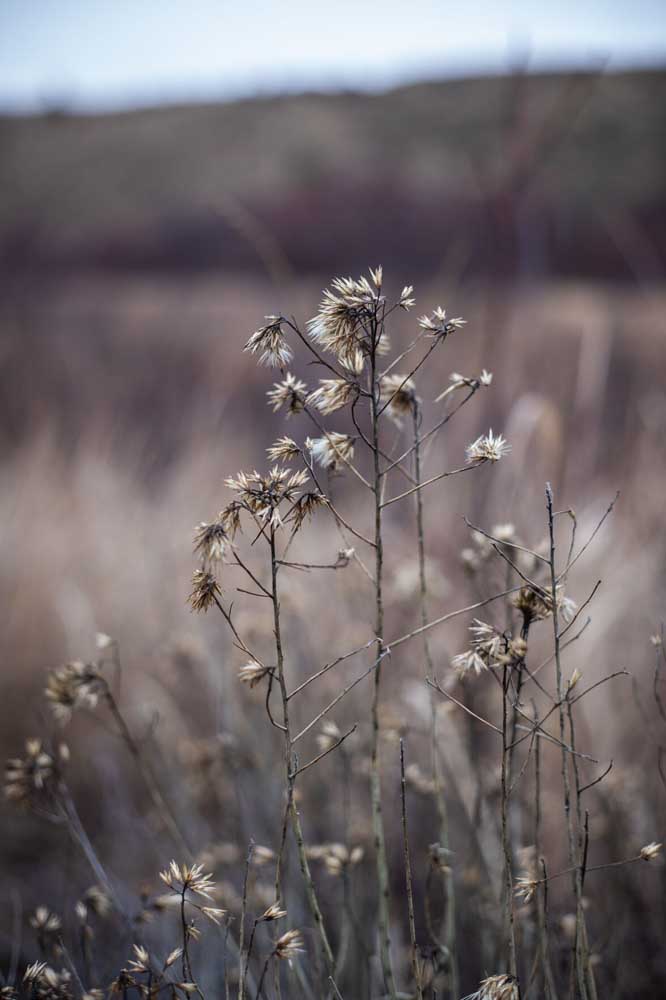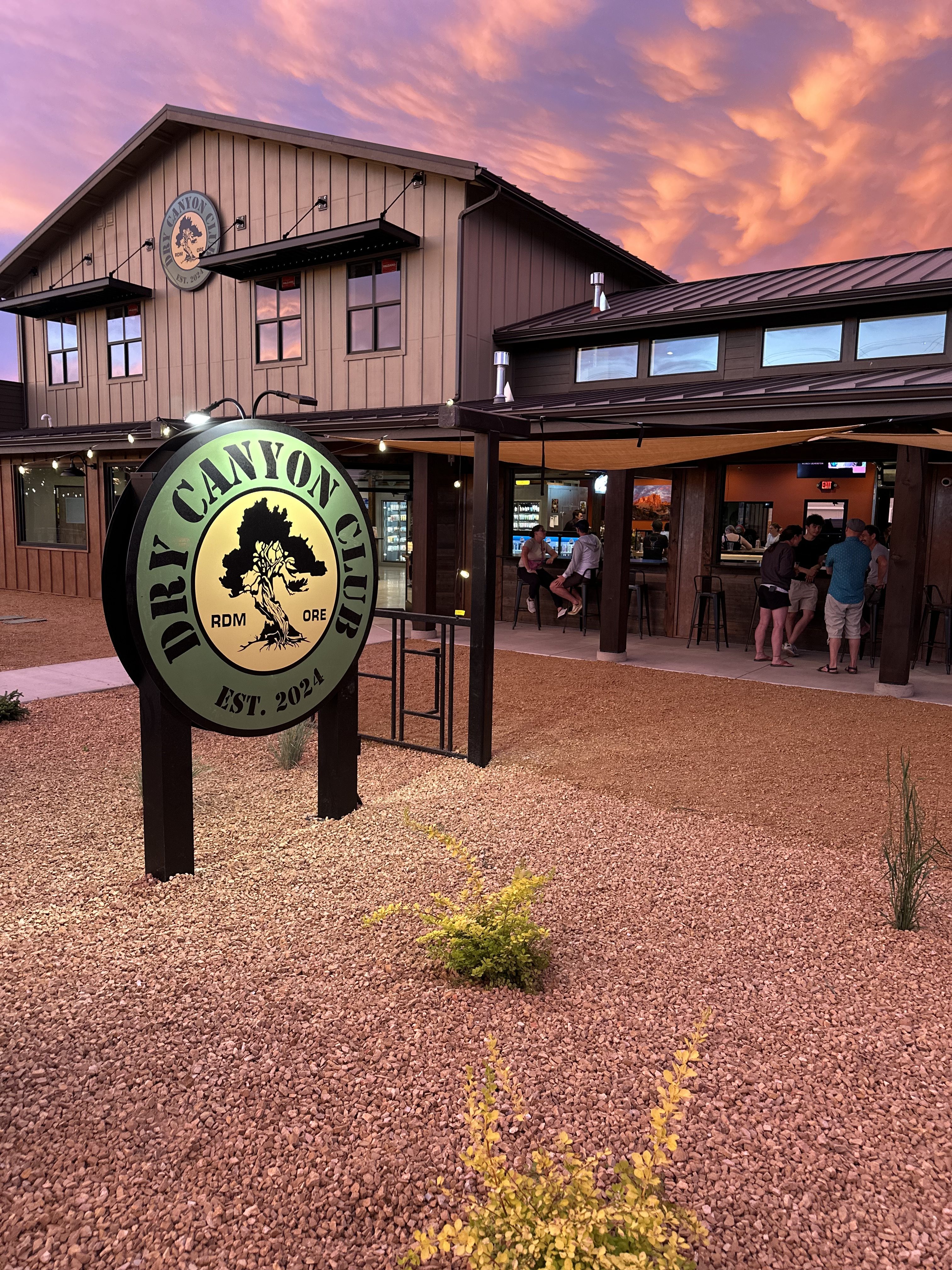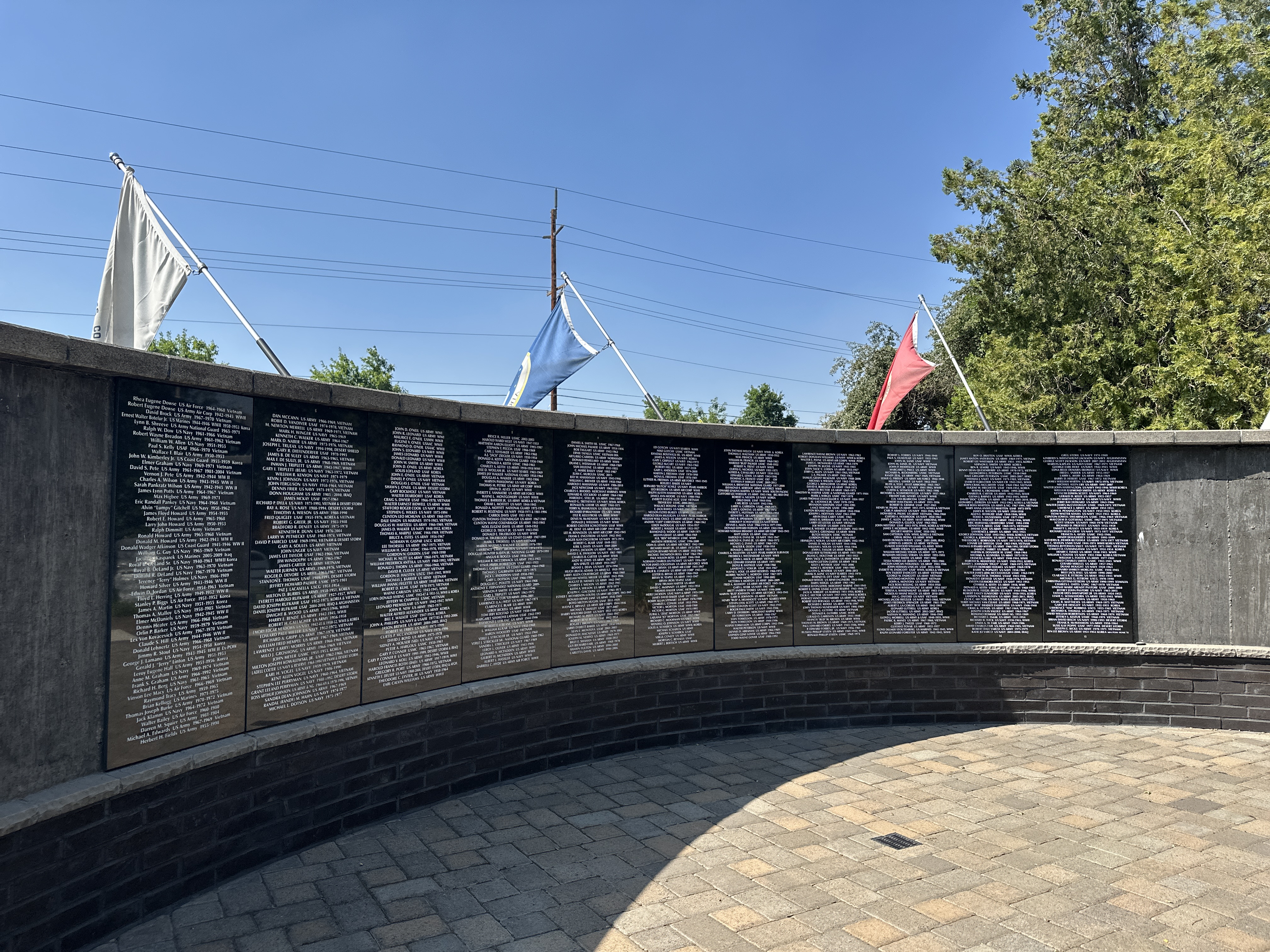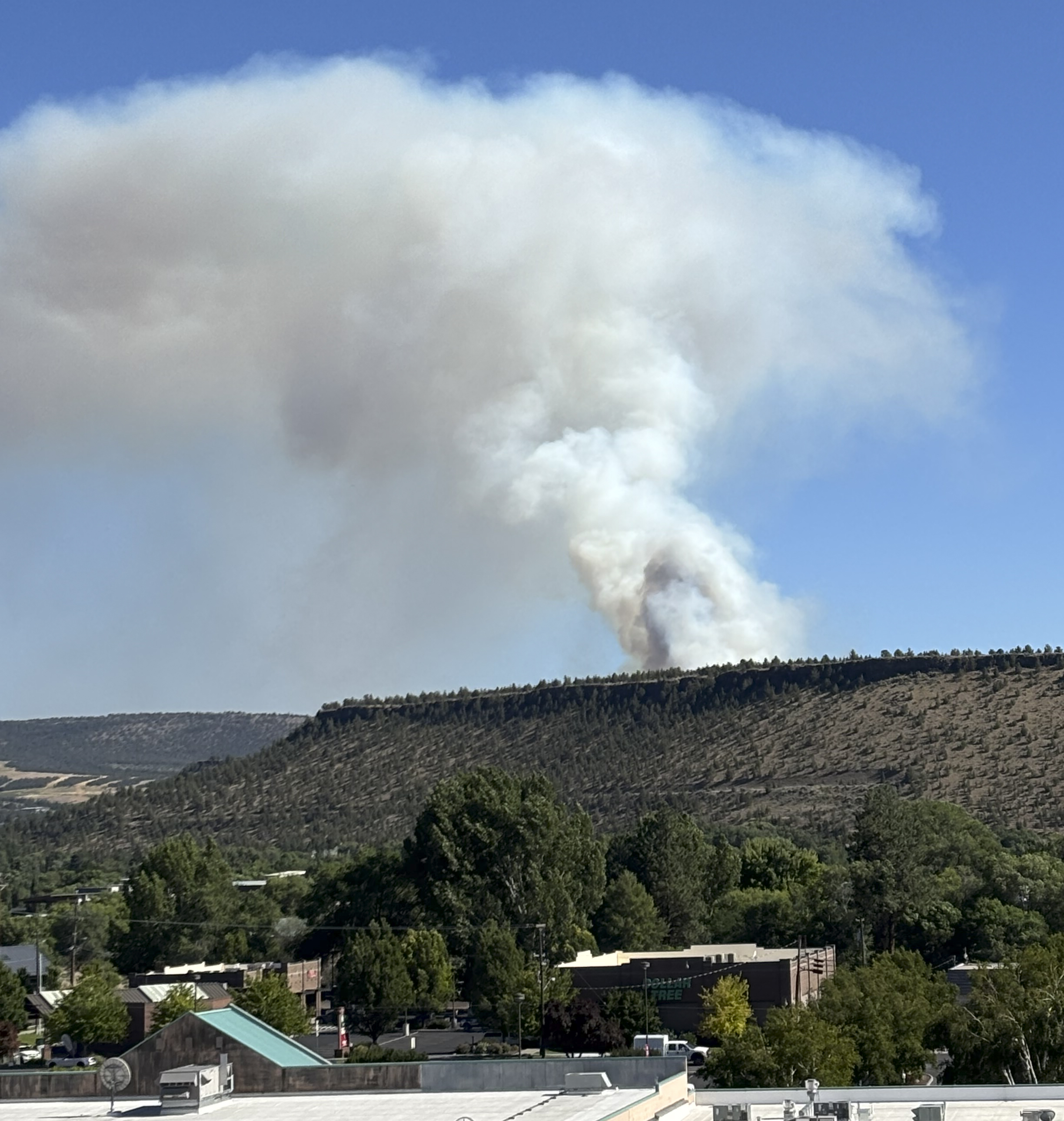Borden Beck Wildlife Refuge is a small wonder outside Redmond
Published 3:15 pm Thursday, December 14, 2023

- Dried flowers remain on a bush at Borden Beck Wildlife Refuge.
I was taught from an early age that if you are looking for birds or other wildlife, you’re supposed to remain quiet and calm. Otherwise, you might scare them off.
Trending
More than 30 years of doing just that all went out the window when I saw three otters swimming in the Deschutes River Sunday at Borden Beck Wildlife Refuge near Terrebonne.
After my mom spotted something in the water and we realized it was the adorable mustelid, I got a little too giddy. Some quick expletives of joyous surprise were brandished on the empty trail before I remembered myself and we tried to get a clear look at the family of river otters undulating in and out of the chilly water below us. The otters clearly didn’t care for my loud-mouthed response, no matter how brief, and they hid themselves away in the reeds and grasses, out of sight from my clicking camera and over-excited manner.
The encounter proved to us that even in the rain, there is so much to behold along our trails — even the smaller ones.
Trending
Like the valley
As my mom and I first arrived at the refuge and ventured out of the car, armed with our seldom used (at least at home in Central Oregon) rain gear, we couldn’t help but muse that the weather felt like “valley rain.” That consistent but light sprinkle that fully saturates everything, adding a small squelching sound to every step. As we slogged our way around this quaint spot, admiring the tall poplars and small picnic area at the trailhead before venturing down the nearly 1/2-mile trail, the odd similarities to the western side of the state continued to pile on.
Mixed with the typical bevy of bold volcanic features that our rivers have spent millennia cutting through, are swaths of cattails, yellow grasses and red willow branches that spread down the banks of the Deschutes along with one specific interloper: blackberry vines.
Anyone who has spent a considerable amount of time in the Willamette Valley knows what a pest these delicious but invasive berries can be. They devour anything and everything in their path if not maintained. But they are rarer on this side of the mountains thanks to our drier climate. I’ve seen a few patches of blackberries along trails here and there, but never as thick as at the refuge. And given our more arid region, it is even more surprising to see the blackberries thriving underneath juniper trees. This little microclimate within the small canyon also seems to benefit the nearby grape vines directly across the road at the refuge as well as a little farther down Lower Bridge Road at Faith, Hope & Charity Vineyard.
More than a walk
The main trail here at the refuge travels upstream from the parking area with a relatively flat course save for a couple of sections of rocks just large enough to trip over if you drag your feet. But at the end of that short walk is a really spectacular series of rock formations that are a highlight in any weather.
Eagle Rock, a large basalt stack located on the opposite bank of the river most prominently reminds us of the area’s volcanic past. It also marks a slower flow in the river ideal for swimming in summer or casting a line out in hopes of a nice trout on the other end.
The refuge has many smaller trails that lead to the river’s edge where anglers can access this section of river (artificial flies and lures only, always check regulations before casting off) including around the parking area heading downstream. However, always use caution while traveling along the banks of the Deschutes here and be mindful and respectful of private property.
Rocking down Highway 101 at Bandon Beach
The area is also great for catching a glimpse of both migrating and resident birds as the area is part of the Oregon Cascades Birding Trail. While the rain isn’t the best time to add things to your birding life list, I did see a robin, a scrub jay and a wren as they fluttered from tree to tree. If you are lucky enough, you may also find nesting osprey or a rarer yellow-breasted chat.
This section of the river is also part of the Deschutes Paddle Trail, where experienced white-water kayakers can venture along the canyons by boat during winter water releases.
Wonderful waterways
Seeing the otters in the river was truly a highlight of this quick walk in the rain. But their cute, potentially vicious, faces are not the only reason I became so excited when I saw them. Otters in rivers are an indicator that this is a healthy ecosystem. They have food and clean water in which to swim and access to areas in which to build a den. And seeing firsthand how healthy our river is fills me with immense joy.
This section of the Deschutes is part of the National Wild and Scenic Waterways System and as such is protected based on its “natural, cultural and recreational values” according to the 1968 act which established the system.
While the refuge boundaries are relatively small compared to similar preserved wildlife areas, it’s still impressive, thanks to the ecology, geology and hydrology seen along its trails. And as long as every visitor to it helps to maintain it by always practicing leave no trace and respecting the flora and fauna within it, we will get to enjoy it for years to come.
Where: Borden Beck Wildlife Refuge
When: Open year-round, dawn to dusk
Cost: Free
Getting there: From Redmond: Drive north on U.S. Highway 97 for 6 miles then turn left onto Lower Bridge Road. Continue another 6 miles and Borden Beck Refuge is on the left.








